Home>Ideas and Tips>Weatherproofing Your Home: Cost-Effective DIY Solutions
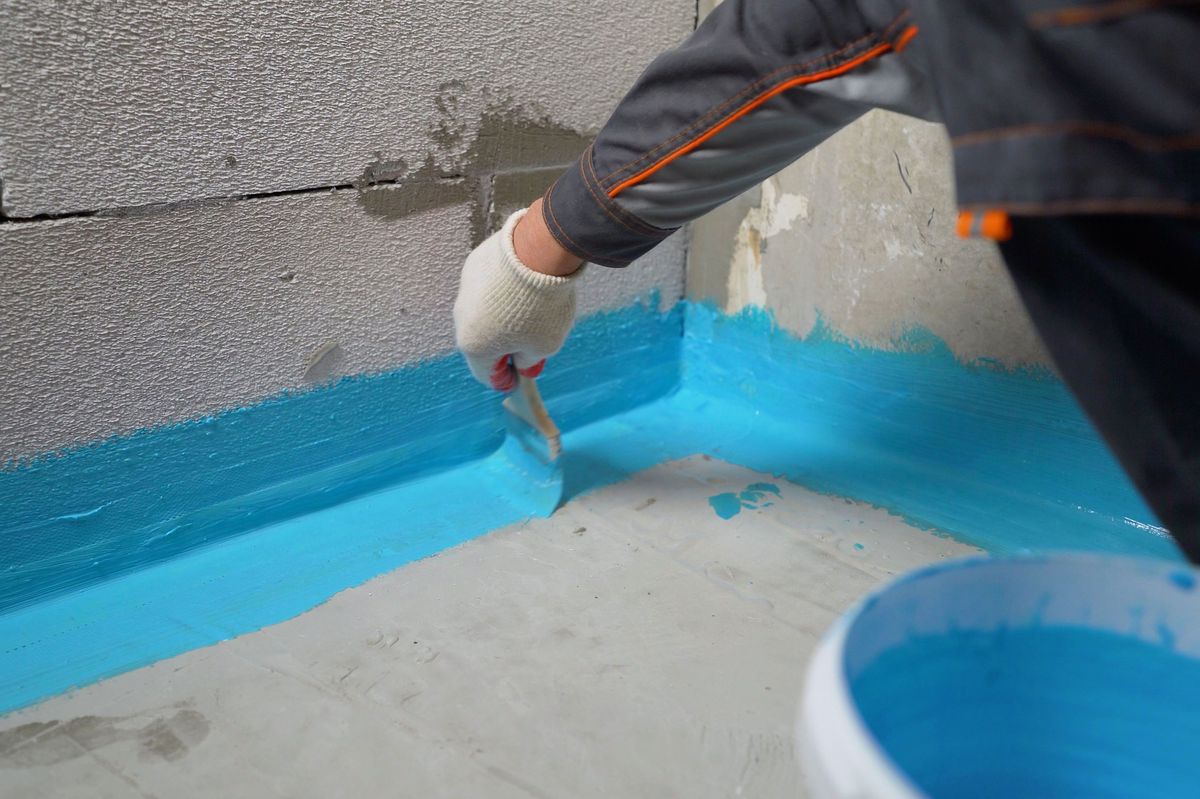

Ideas and Tips
Weatherproofing Your Home: Cost-Effective DIY Solutions
Modified: October 31, 2024
Discover cost-effective DIY solutions for weatherproofing your home, reducing utility costs, and enhancing comfort year-round.
(Many of the links in this article redirect to a specific reviewed product. Your purchase of these products through affiliate links helps to generate commission for Storables.com, at no extra cost. Learn more)
Weatherproofing your home is an essential step in maintaining a comfortable and energy-efficient living space. Whether you're preparing for the harsh winter months or ensuring your home stays cool during the summer, weatherproofing measures can significantly reduce utility costs and extend the lifespan of your windows and doors. In this article, we will explore various cost-effective DIY solutions to help you weatherproof your home effectively.
The Importance of Weatherproofing
Weatherproofing primarily serves two key purposes: maintaining a comfortable indoor temperature and lowering energy expenses. Without adequate insulation and weatherproofing, it is challenging to keep your home at a pleasant temperature, especially during colder months and in frigid climates. Ensuring that heat is efficiently retained indoors is crucial for winterizing your residence. This involves inspecting your plumbing, sealing any gaps or cracks, and using appropriate insulation materials.
Read more: How To Weatherproof The Outdoor Camera Power
Benefits of Weatherproofing
- Energy Efficiency: Weatherproofing helps reduce energy consumption by preventing heat loss during winter and heat gain during summer. This can lead to significant savings on utility bills.
- Extended Lifespan: Proper weatherproofing measures can extend the lifespan of your windows, doors, and other exterior components by protecting them from harsh weather conditions.
- Comfort: By maintaining a consistent indoor temperature, you ensure a comfortable living environment regardless of the season.
- Reduced Maintenance: Regular weatherproofing tasks can help identify and address potential issues before they become major problems.
Effective DIY Weatherproofing Tips
Insulate Your Home
One of the most effective ways to create a weatherproof home is by insulating it properly. Cold air may be seeping through your windows, leading to increased utility costs and potential damage. Poor insulation is one of the leading causes of increased energy bills and issues with weather as well.
Installing Energy-Efficient Windows
Installing Asher’s energy-efficient windows can help improve your insulation and protect your home. These windows are designed with thick frames, tempered glass, and fade-resistant finishes that enhance energy efficiency and bolster home security.
Using Caulk and Weather Stripping
Caulking or weather stripping can seal off any cracks and keep out cold winter air or excess snow or ice. This simple yet effective method can significantly reduce heat loss and prevent moisture from entering your home.
Upgrade Exterior Doors
Another way to weatherproof your home is by replacing or upgrading your exterior doors. Older doors can contribute to higher utility costs or other issues for your home.
Benefits of Upgrading Exterior Doors
- Thick Door Frames: Newer doors often come with thicker frames that provide better insulation.
- Tempered Glass: Storm doors with tempered glass offer additional protection against harsh weather conditions.
- Fade-Resistant Finish: The finish on new doors is designed to withstand various weather conditions without fading.
- Increased Energy Efficiency: Upgraded doors can help maintain a consistent indoor temperature by reducing drafts.
- Bolstered Home Security: Newer doors often come with enhanced security features such as reinforced frames and secure locking mechanisms.
Read more: How To Store Your Fridge Effectively
Maintain Cooling Efficiency
While many people focus on winter weatherproofing, it's equally important to ensure your home is ready for the summer months. Here are some tips for maintaining cooling efficiency:
Install a Programmable Thermostat
A programmable thermostat allows you to set different temperatures for different times of the day. This can help reduce energy consumption by not cooling or heating an empty house.
Get Thick, Blackout Curtains
Thick, blackout curtains can help block sunlight during the day, keeping your home cooler and reducing the need for air conditioning.
Fix Leaks Around Windows or Doors
Any gaps or cracks around windows or doors can let hot air in and cool air out. Fixing these leaks with caulk or weather stripping can help maintain a consistent indoor temperature.
Use Energy-Efficient Lightbulbs
Incandescent lightbulbs give off a lot of heat, which can make your home warmer and increase cooling costs. Switching to energy-efficient lightbulbs like LEDs can help reduce this heat output.
Maintain Gutters and Downspouts
Keeping your gutters and downspouts clear and clean is crucial for ensuring your home stays weatherproofed. Here’s why:
Importance of Clear Gutters
- Prevent Water Buildup: Clogged gutters can cause water to accumulate around your home's foundation, leading to potential damage from erosion or flooding.
- Reduce Debris Issues: Clear gutters prevent debris from accumulating, which can clog your downspouts and cause further problems.
- Protect Your Home: Properly functioning gutters help divert water away from your home, protecting it from water damage and other issues.
Using Seamless Gutters
Seamless gutters are designed to be more efficient than traditional systems. They come with gutter guards that prevent debris from entering the gutters, ensuring they remain clear and clean throughout the year.
Seal Cracks and Gaps
Cracks and gaps in your doors, windows, and molding can cause issues with heat loss or air seeping in or out. Here’s how you can address these issues:
Use Paintable Caulk
Paintable caulk is an excellent tool for sealing gaps between walls and door/window frames. It’s easy to apply and can be painted over once dry, making it a seamless solution.
Add Weather Stripping
Weather stripping is another effective way to seal gaps around doors and windows. It prevents unwanted outside drafts, moisture, and dust from entering your home while improving air quality and keeping bugs out.
DIY Insulation Solutions
If you're on a tight budget or prefer DIY solutions, there are several cost-effective methods you can use:
Cover Windows with Rigid Foam Board Insulation
Rigid foam board insulation is an affordable solution for insulating windows. You can buy it in 4×8 sheets at Home Depot and cut it down to fit your windows. Place the foam board over the windows at night and close insulating curtains over them for added protection.
Use Bubble Wrap
Bubble wrap can also be used as an insulation material. Attach it to the window glass using double-sided tape for an easy DIY solution. This method may not be as effective as rigid foam board but is free if you have access to bubble wrap.
Hang Quilts or Tapestry
Hanging a quilt or tapestry on your walls can help with insulation issues. This method is simple yet effective in reducing drafts and keeping your home warm.
Additional Tips for Weatherproofing
Insulate Your Water Heater Tank
If your water heater tank is in an uninsulated garage or basement, consider covering it with a water heater blanket. This can reduce heat loss by up to 25%, saving you money on water heating costs.
Insulate Your Pipes
Insulating your pipes, especially those in crawl spaces and attics, can help prevent them from freezing during cold weather. Sealing air leaks around pipes can also prevent them from freezing.
Use Door Sweeps
Door sweeps are an affordable way to seal gaps around exterior doors. They effectively seal drafts and prevent moisture from entering your home. Test your door sweeps by laying a sheet of paper on the door frame; if the paper comes out easily without tearing, you need a door sweep.
Insulate Your Attic Door
Most attic doors are poorly designed and cause significant energy loss throughout the year. Insulating your attic door can help reduce this loss. Even small gaps around the perimeter can lead to substantial air infiltration.
Conclusion
Weatherproofing your home is an essential task that offers numerous benefits, including reduced utility costs, extended lifespan of exterior components, and a more comfortable living environment. By implementing these cost-effective DIY solutions—such as insulating your home, upgrading exterior doors, maintaining cooling efficiency, sealing cracks and gaps, using DIY insulation materials like rigid foam board or bubble wrap—you can ensure your home remains weatherproofed throughout all seasons.
Remember that regular maintenance is key to maintaining these weatherproofing measures. Conducting seasonal checks on your gutters, downspouts, windows, and doors can help identify potential issues before they become major problems. By following these tips and staying proactive about weatherproofing your home, you'll be able to enjoy a more comfortable and energy-efficient living space for years to come.
Was this page helpful?
At Storables.com, we guarantee accurate and reliable information. Our content, validated by Expert Board Contributors, is crafted following stringent Editorial Policies. We're committed to providing you with well-researched, expert-backed insights for all your informational needs.
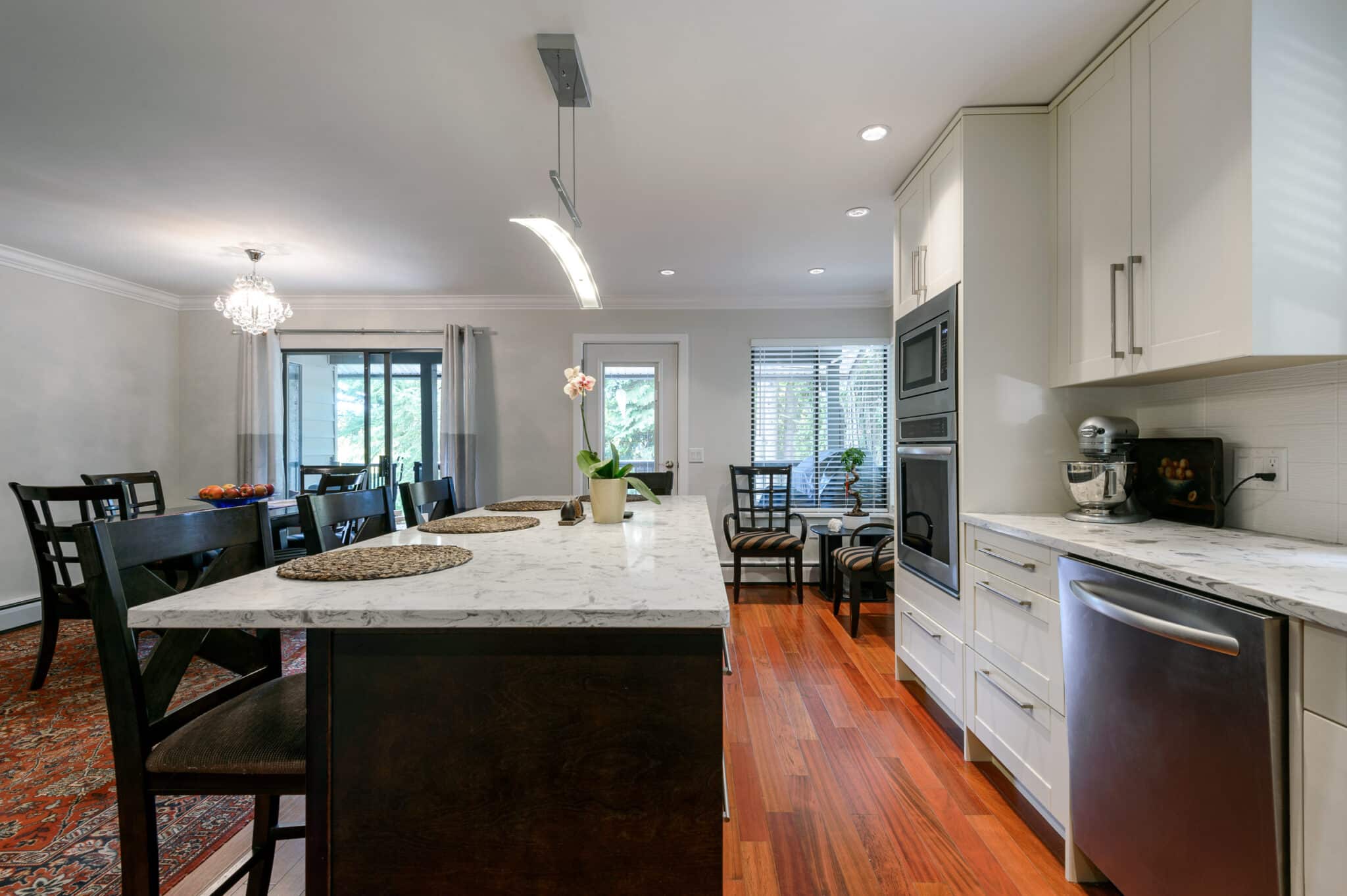

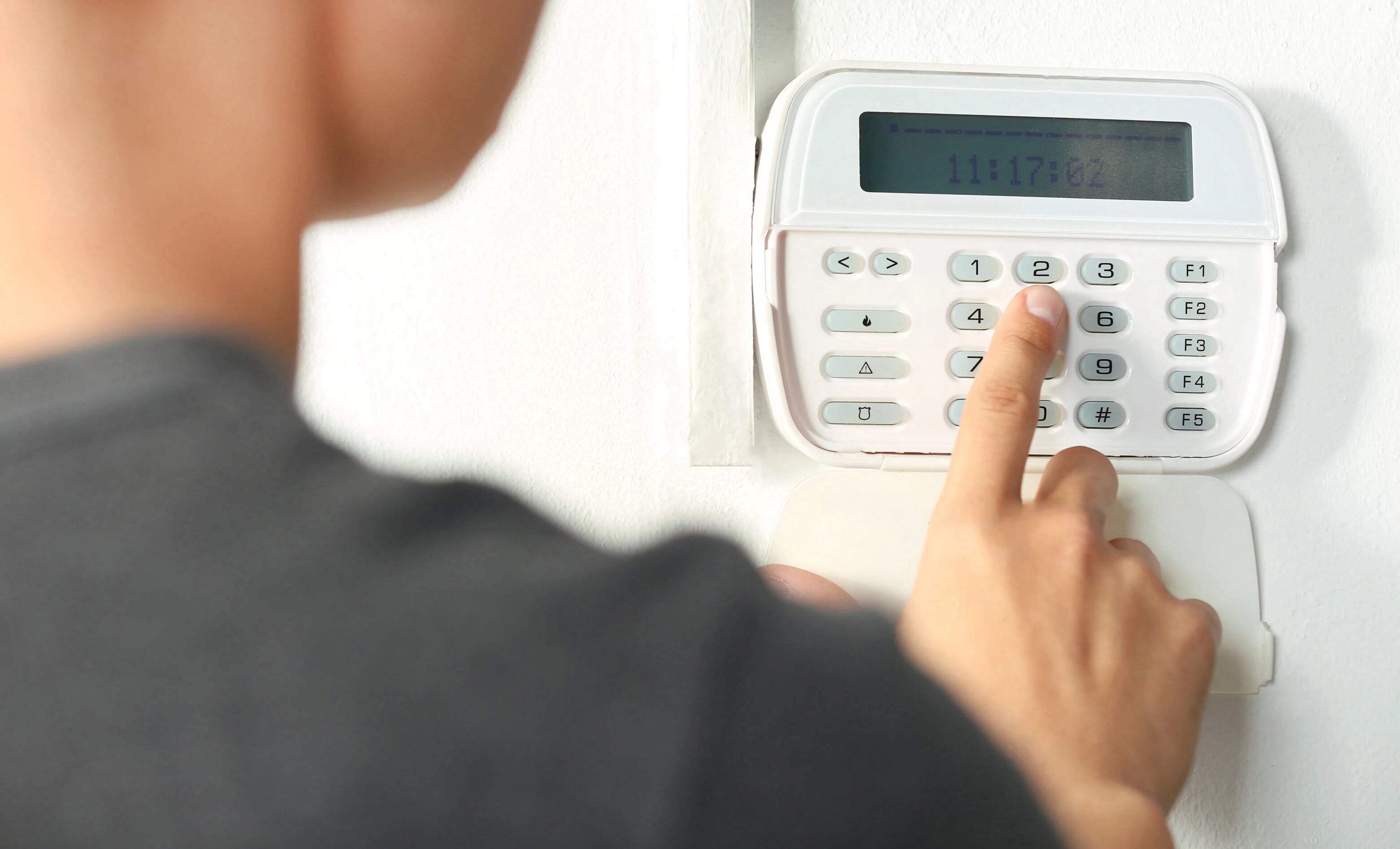

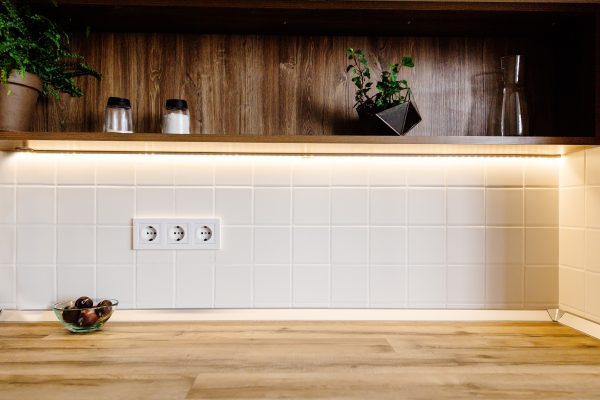
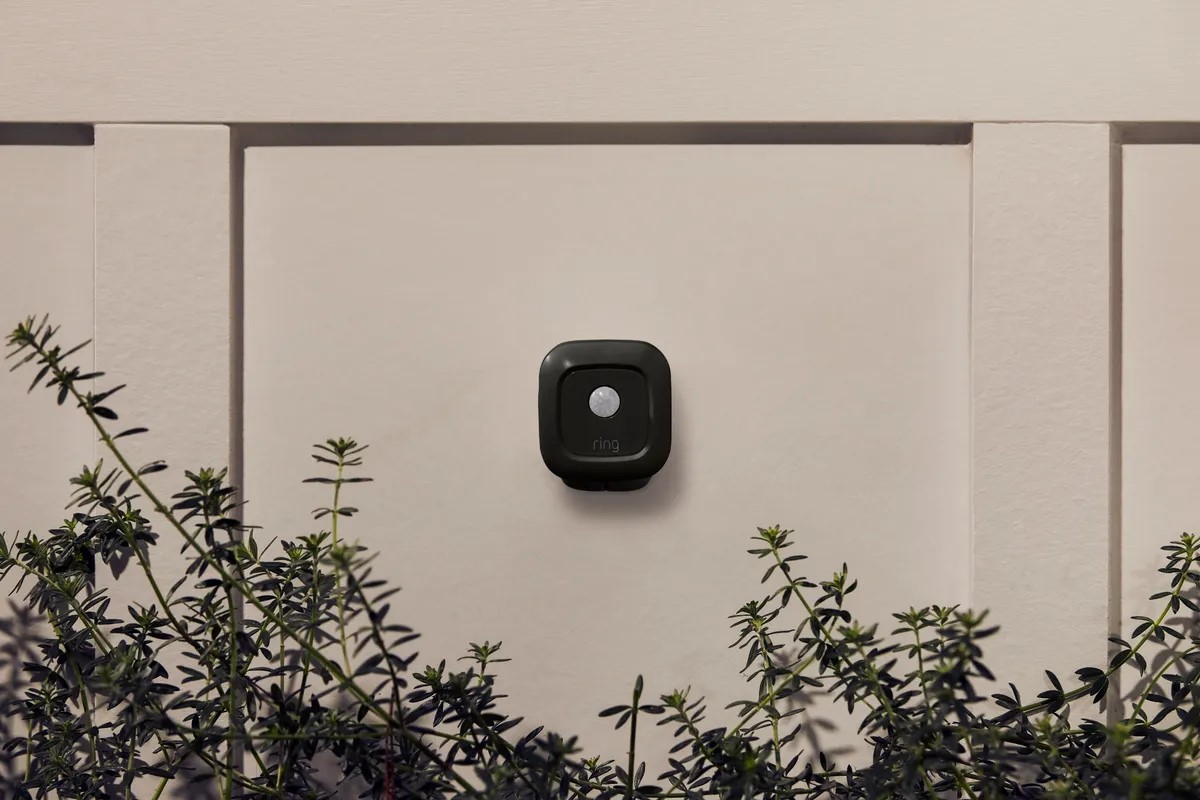
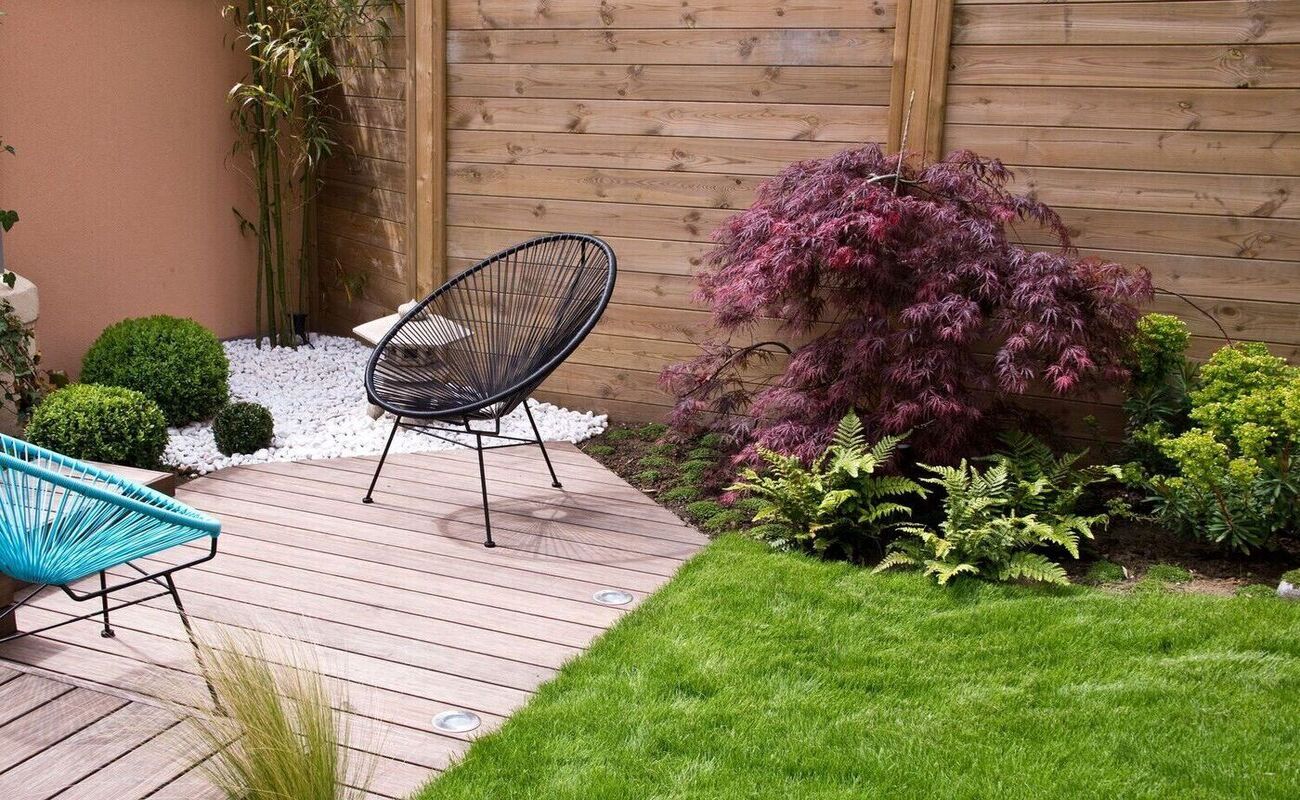

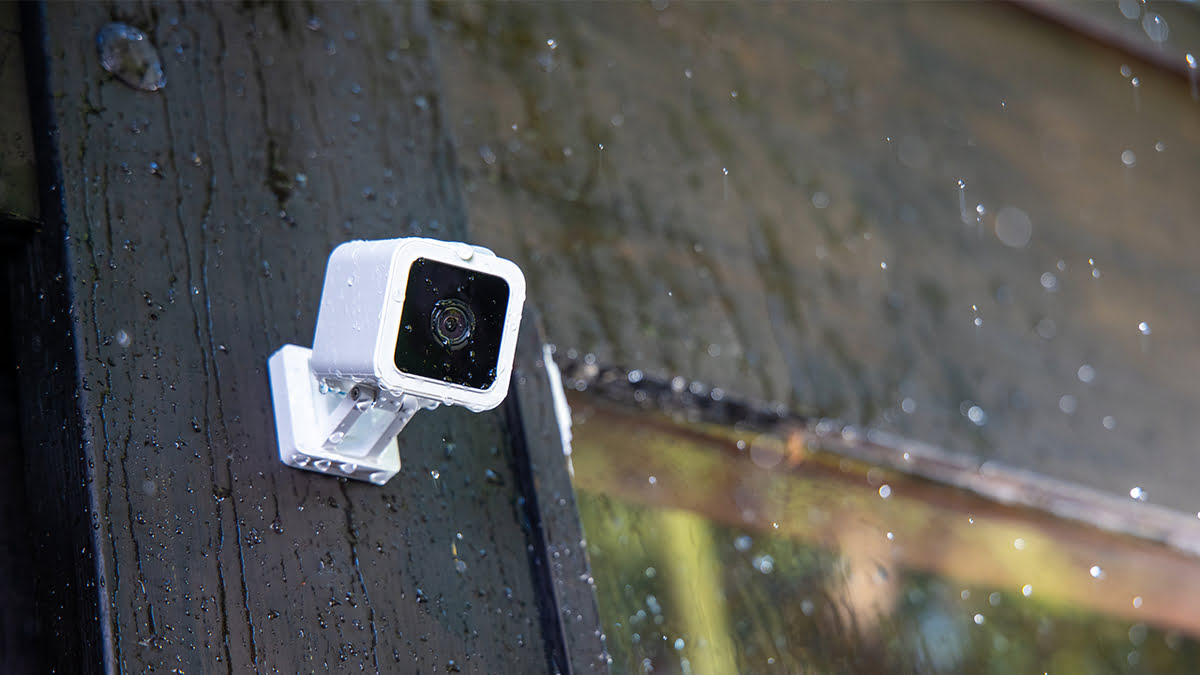
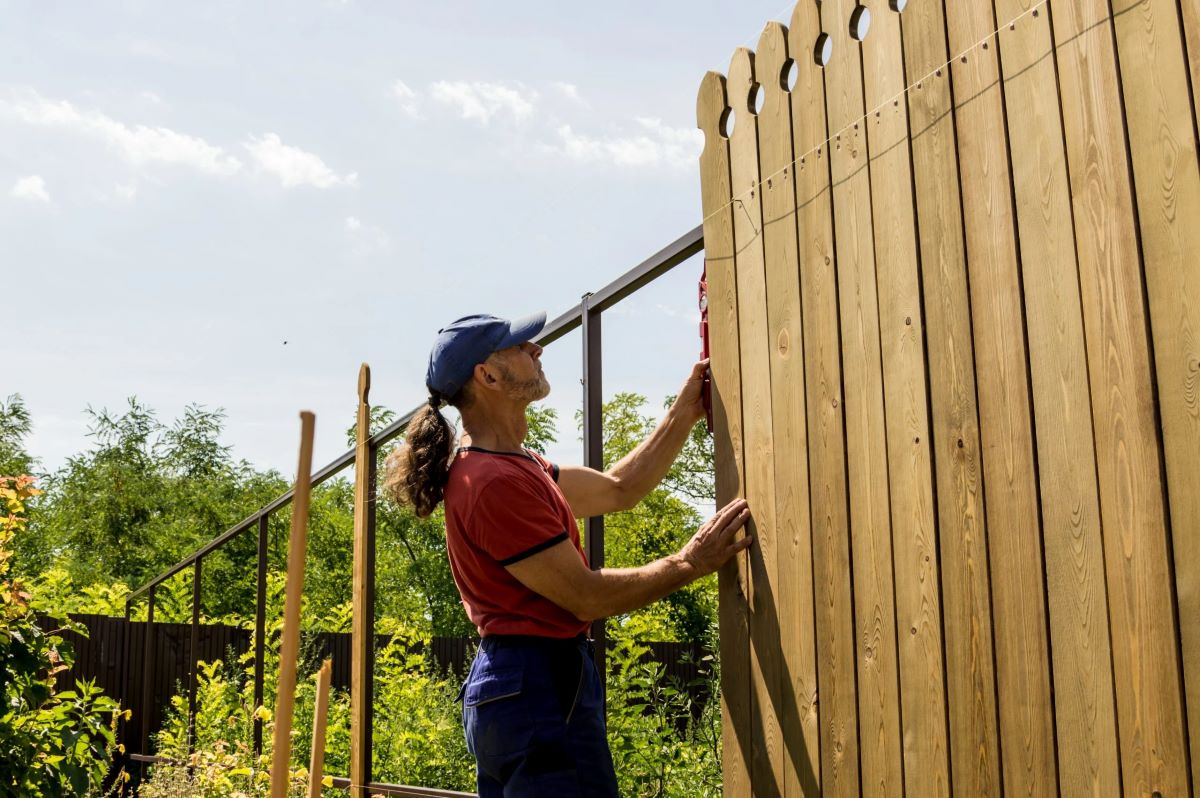
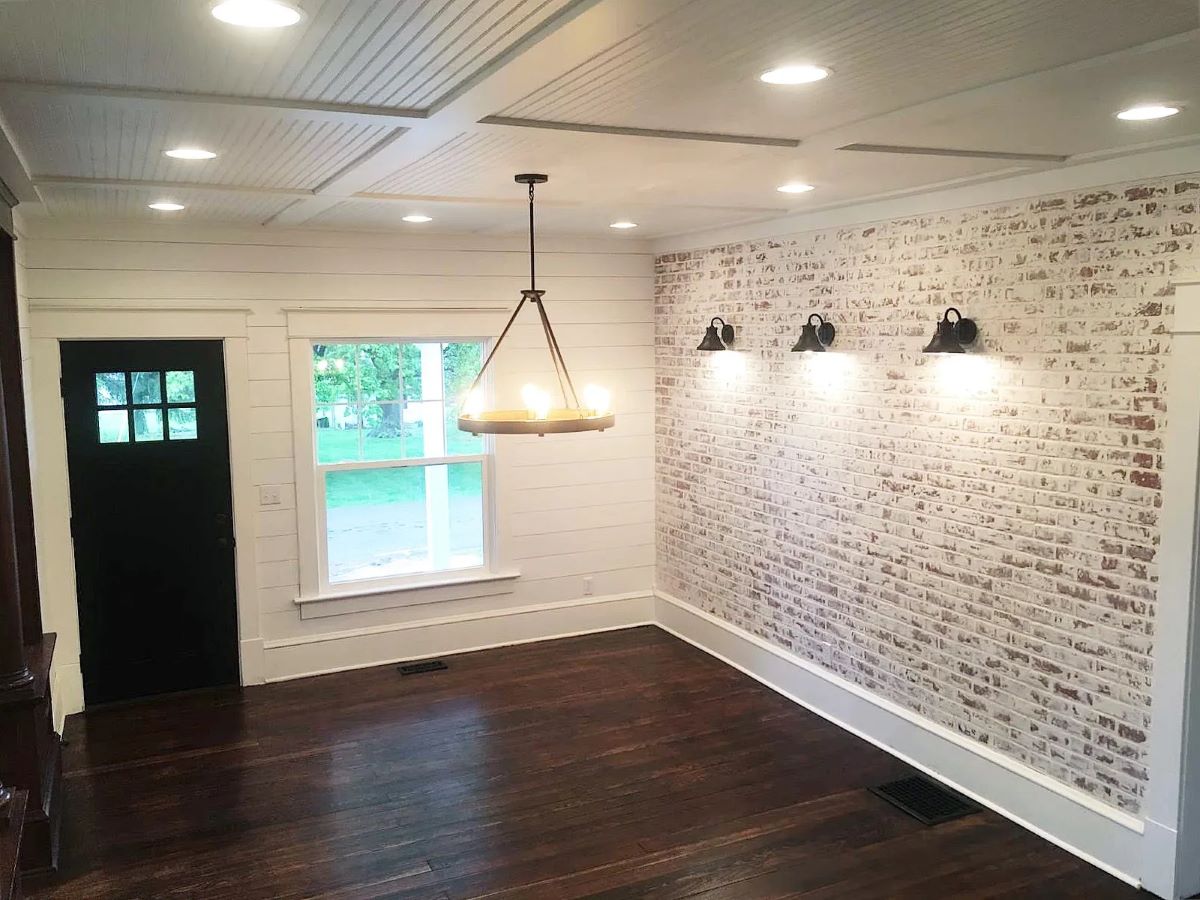

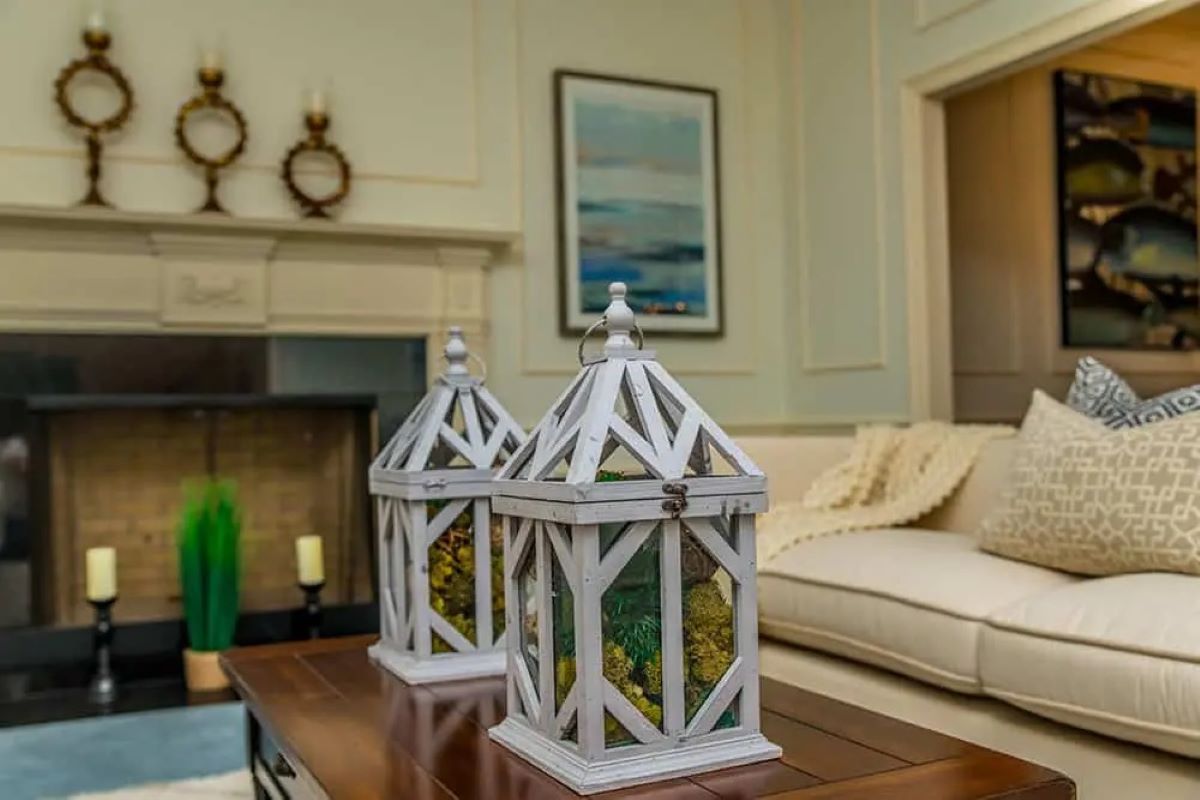

0 thoughts on “Weatherproofing Your Home: Cost-Effective DIY Solutions”